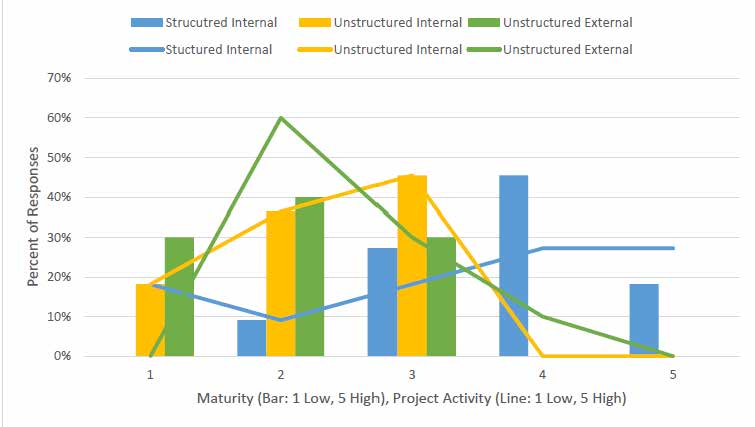It was thoroughly enjoyable chairing the Performance Measurement and Risk track at TSAM Boston event last week, and we heard many positive comments about the event and track from the attendees. Here are a few observations from the day.
We started the Performance track discussing the recent Gartner report on the new Business Intelligence platforms here and the potential impacts for performance professionals to add additional value to the business here.
Data quality and exception management continue to be critically important to performance professionals. Panelist shared their approaches, and many of the panelists and attendees also commented on the reality of having multiple performance systems to support the portfolio manager's preferences, and challenges of managing and ensuring accuracy (and explaining pricing differences) on those platforms.
Alternative Investments are a growing part of almost every portfolio. One speaker noted that Alt's don't follow a normal distribution curve, so measures such as standard deviation and mean variance are not meaningful compared to kurtosis and other measures. The speaker also commented that manager selection and vintage year are more important than asset allocation.
Investment risk management is dynamic process and, as discussed with some very recent examples, can have a devastating impact on a firm if not followed. As with instilling a data culture, it's critical for firms to instill a risk culture "tone from the top" to provide the right incentives when necessary for the protection of the business vs. potentially earning a few basis points of excess return.
Please contact us to discuss these topics and how we can help you move up the business analytics value curve.
We started the Performance track discussing the recent Gartner report on the new Business Intelligence platforms here and the potential impacts for performance professionals to add additional value to the business here.
Data quality and exception management continue to be critically important to performance professionals. Panelist shared their approaches, and many of the panelists and attendees also commented on the reality of having multiple performance systems to support the portfolio manager's preferences, and challenges of managing and ensuring accuracy (and explaining pricing differences) on those platforms.
Alternative Investments are a growing part of almost every portfolio. One speaker noted that Alt's don't follow a normal distribution curve, so measures such as standard deviation and mean variance are not meaningful compared to kurtosis and other measures. The speaker also commented that manager selection and vintage year are more important than asset allocation.
Investment risk management is dynamic process and, as discussed with some very recent examples, can have a devastating impact on a firm if not followed. As with instilling a data culture, it's critical for firms to instill a risk culture "tone from the top" to provide the right incentives when necessary for the protection of the business vs. potentially earning a few basis points of excess return.
Please contact us to discuss these topics and how we can help you move up the business analytics value curve.

 RSS Feed
RSS Feed